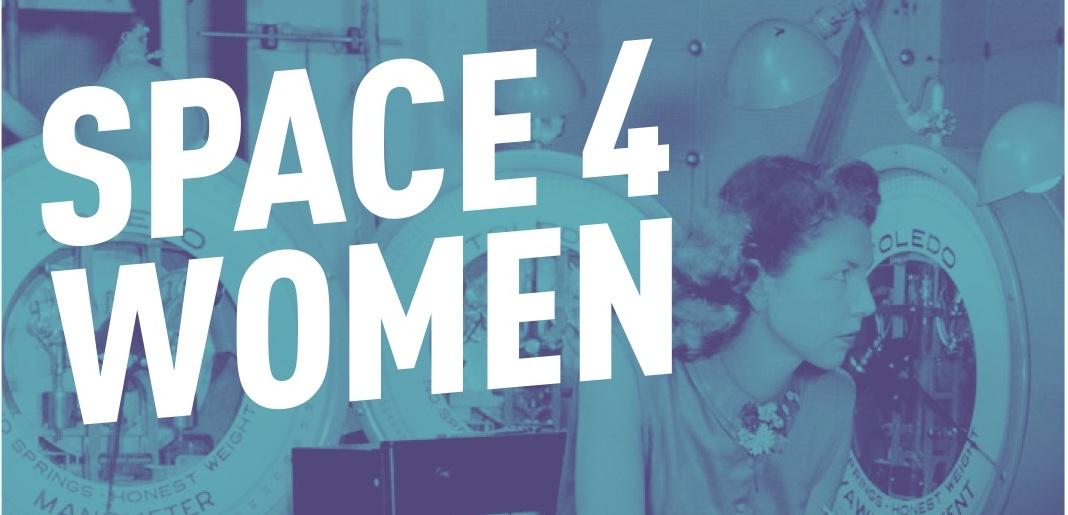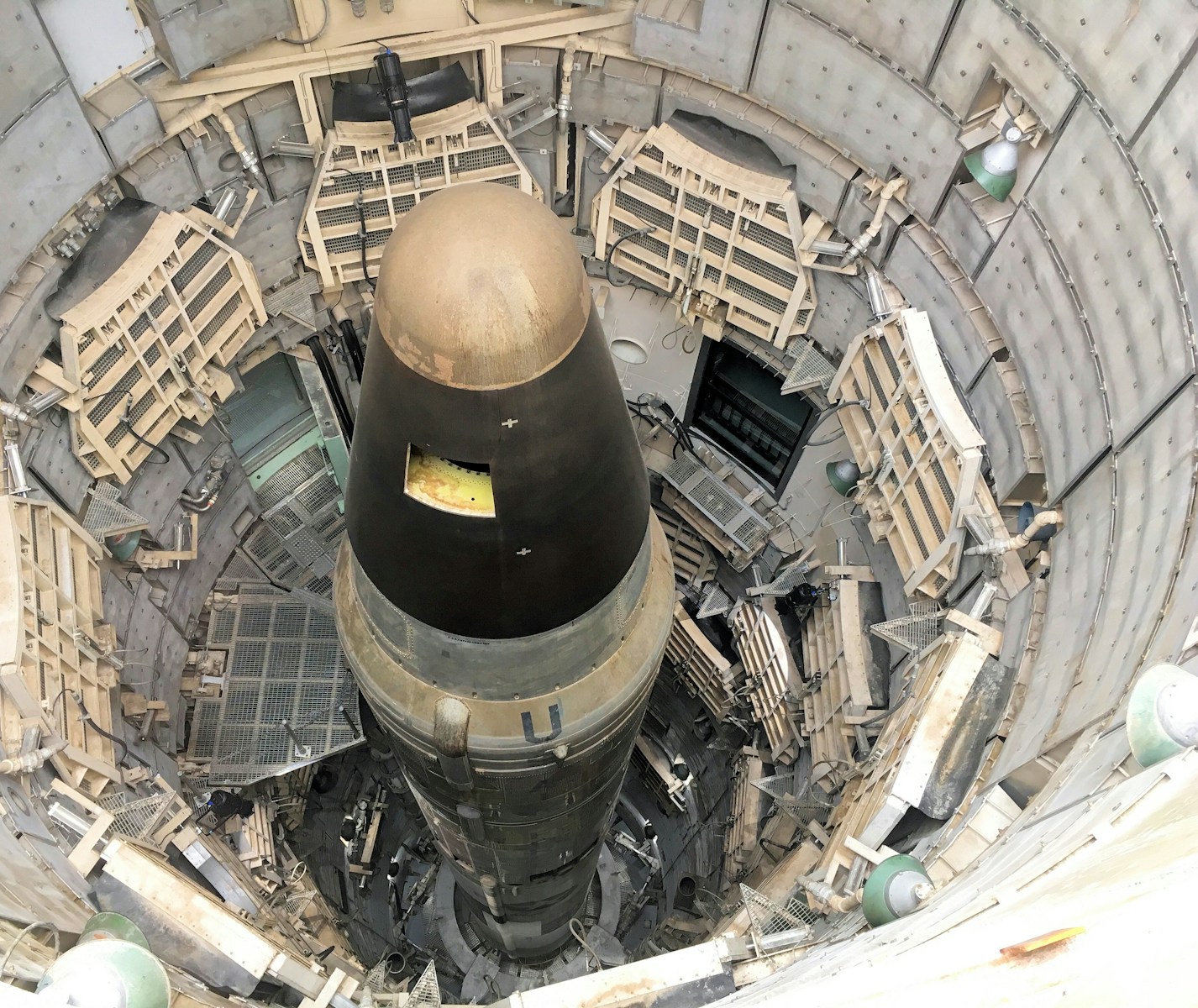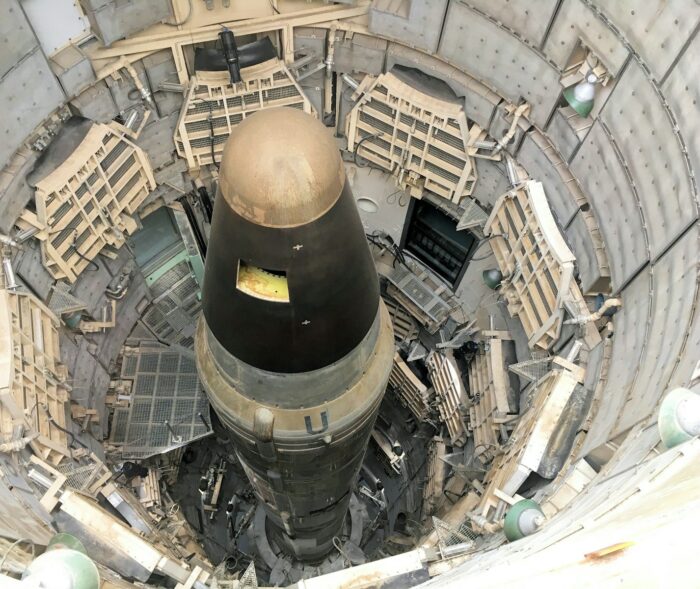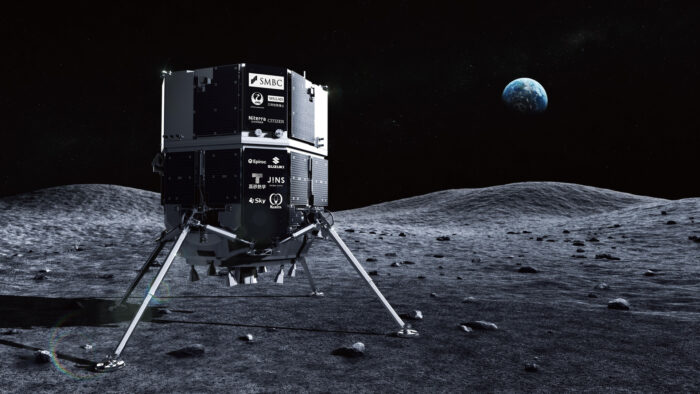UNOOSA’s Space4Women study on gender equality in the space sector includes insights from 53 public sector space entities across 46 countries and offers the largest dataset to date on the representation of women in space agencies and public space institutions. Unveiled at IAC 2024 accompanied by the Gender Mainstreaming Toolkit, this report offers actionable steps toward bridging the gender gap in the space industry.
Breaking Down the Numbers
The Space4Women study reveals significant gender imbalances in the space sector. Globally, women account for 30% of the workforce, with representation shrinking as roles increase in seniority. The study found that women occupy only 24% of managerial positions, 21% of leadership roles, and just 19%of board seats.
In technical roles, the numbers are similarly low, with women holding less than 20% of positions in fields like engineering, research, and astronaut programs. Particularly striking is the fact that women make up only 11% of the global astronaut corps which has led to a limited understanding of female physiology and experiences in space.
Regional Variations: Africa Leads the Way
The report found that African countries are emerging as leaders in gender representation within the space sector. African states were shown to have the highest representation of women in space roles, with some approaching gender parity. The report notes that roughly a quarter of the countries surveyed have achieved at least 50% women’s representation in their space workforces, inlcuding at least 50% female representation in leadership positions.
However, while Africa leads in these metrics, the report emphasizes that significant variations exist not only across regions but also within countries. Other regions, such as Europe and North America, still lag in achieving higher gender representation, with women occupying far fewer technical and leadership roles than their male counterparts.
Key Factors Affecting Gender Representation
The study also explores factors that correlate with a higher representation of women in the space sector. Some of the most effective measures identified include:
-
Policies on Equal Pay: Organizations with clear, transparent policies on equal pay showed higher levels of female representation.
-
Commitments to Gender Equality: Organizations that publicly voiced support for gender equality, implemented gender equality training, and ensured balanced representation at conferences, panels, and events were more likely to have better gender representation.
-
STEM Initiatives: Programs and policies designed to encourage women and girls into STEM fields, especially space-related education, were strongly correlated with improved female representation. This highlights the importance of early intervention to address the gender gap in technical fields.
Key Challenges
Despite some positive trends, the space sector continues to grapple with deep-rooted structural barriers that limit women’s full participation. One of the most persistent issues is the significant gender imbalance in technical and leadership roles. Women remain under-represented in crucial areas such as engineering, astronautics, and policy-making, which shapes the future direction of the space sector. This imbalance is exacerbated by long-standing gender stereotypes and biases that begin early in education and extend into the workplace.
Recruitment and Retention Gaps
A key challenge identified by the Space4Women study is the lack of inclusive recruitment and retention practices. Many organizations continue to rely on traditional hiring methods, which often favour male candidates, especially in technical fields. Women face additional barriers when it comes to advancing into leadership positions, partly due to biases in promotion decisions, where “best fit” often reflects gendered assumptions about leadership capabilities. The report also highlights the pervasive issue of unequal pay and limited access to mentorship opportunities, further curbing career progression for women in the sector.
Inconsistent Implementation of Gender Equality Policies
The study also points to the uneven implementation of gender equality policies. While some organizations have adopted policies aimed at promoting gender equality, many others lack the infrastructure to support meaningful change. For example, only a small number of organizations reported tracking gender equality outcomes. This lack of data collection makes it difficult to measure progress or identify areas for improvement, which is critical for making long-term, sustainable changes.
Societal Barriers to Career Progression
Another challenge comes from broader societal factors, such as the disproportionate share of caregiving and domestic responsibilities that women often shoulder. These obligations can limit women’s availability for demanding roles in the space sector, especially in technical positions that require long hours or extended periods away from home. The COVID-19 pandemic exacerbated this issue, with women in STEM sectors taking on additional caregiving roles, which further slowed their career advancement.
Gaps in STEM Education
The Space4Women study noted a link between early STEM education and the under-representation of women in the space sector. Despite efforts to promote STEM for girls, gender biases persist in educational materials, teacher expectations, and the overall school environment. The report points out that girls, though often performing as well as boys, tend to lose confidence in STEM subjects over time due to societal pressures and lack of encouragement. Without early, hands-on exposure, fewer girls pursue STEM degrees, and even fewer enter the space sector.
Actionable Steps: Gender Mainstreaming Toolkit
To address these challenges head-on, the newly released Gender Mainstreaming Toolkit for the Space Sector serves as a practical guide for organizations aiming to close the gender gap. Developed in collaboration with the Canadian Space Agency and other global experts, the toolkit outlines four key measures to advance gender equality:
1. Commitment at All Levels: This includes leadership buy-in and clear organizational policies on gender equality, ensuring accountability for progress. Companies, institutes, and agencies are encouraged to create gender equality objectives tailored to their specific contexts, backed by internal policies and resources.
2. Equal Opportunities in Recruitment and Promotion: The toolkit highlights the need for unbiased hiring practices and calls for structural changes, such as gender-neutral job descriptions, unconscious bias training for HR staff, and equitable pay structures.
3. Dedicated Programs for Women and Girls: To inspire the next generation of space professionals, the toolkit suggests creating mentorship programs, internships, and outreach initiatives that specifically target women and girls, encouraging them to pursue careers in STEM.
4. Measuring and Reporting Progress: Consistent data collection and analysis are essential for tracking gender equality efforts. The toolkit encourages space entities to implement regular reporting mechanisms to evaluate their progress and adjust strategies as needed.
Implications for the Commercial Space Sector
For space tech companies, investors, and industry analysts, the insights from the Space4Women study and the accompanying toolkit highlight critical areas for intervention. Addressing gender inequality isn’t just a moral imperative but also a business one. Diverse teams have been linked to improve productivity, drive innovation, and increase profitability. The space sector, with its inherent global collaboration and forward-thinking technologies, stands to benefit immensely from inclusive hiring and leadership practices.
Moreover, as the space industry continues to expand, so too does the demand for STEM talent. Ensuring that women have equal access to educational and career opportunities will be crucial to meeting this demand and advancing the sector’s growth. The toolkit’s actionable recommendations provide a clear path for companies looking to harness the full potential of their workforce while fostering a more inclusive space economy.
Moving Forward
The Space4Women report and the Gender Mainstreaming Toolkit represent significant steps toward addressing the gender disparities that have long plagued the space sector. But the road ahead is long. For commercial space companies, this is a timely opportunity to re-evaluate internal practices and ensure they are not only fostering an inclusive environment but also leading the charge in creating a more equitable industry.
Gender equality in space is not just about representation—it’s about maximizing the industry’s potential. By empowering women and other underrepresented groups, the space sector can unlock new perspectives, drive innovation, and better serve the needs of a rapidly changing world.
Read the full Space4Women Report here.
Get a copy of the Gender Mainstreaming Toolkit here.
Image credit: UNOOSA
Share this article:










